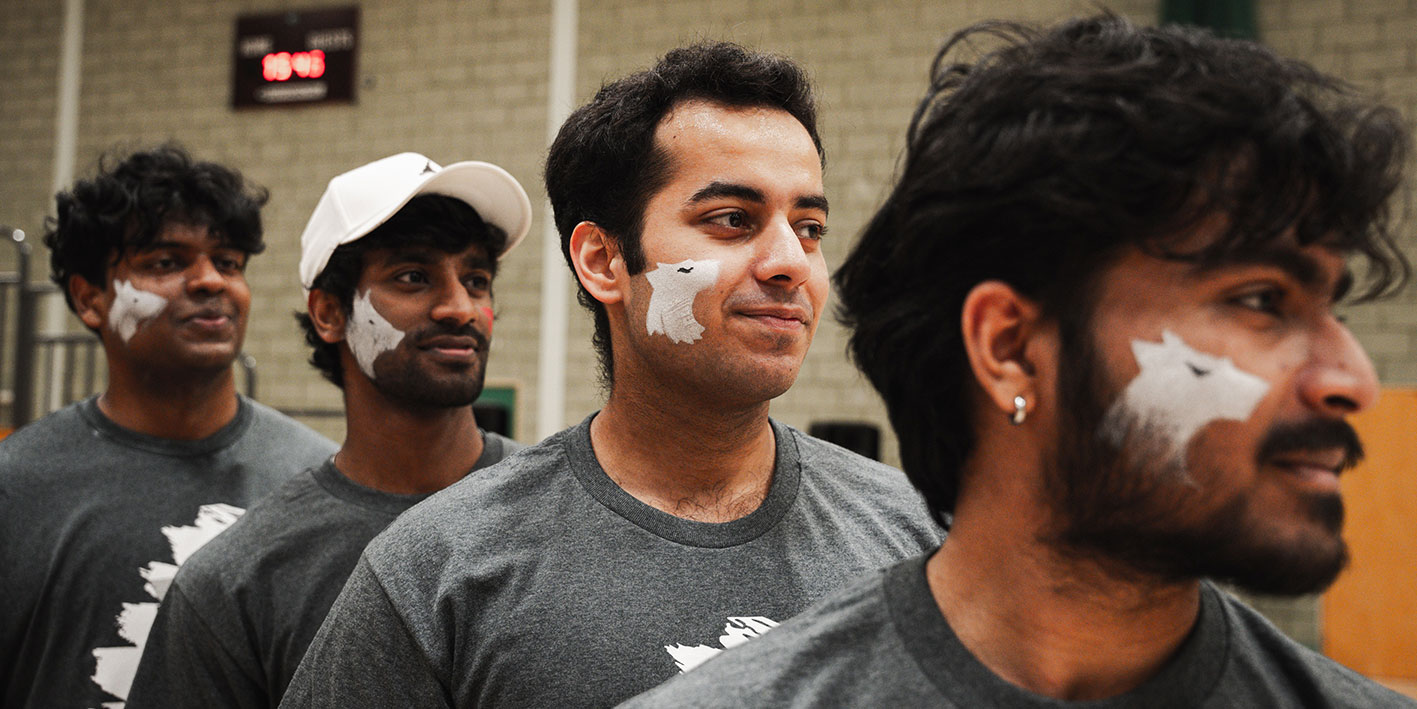
Pitches lead to a change in formation for footballers

Improvements to football pitches and increased workload have led to changes in the body shape of footballers, researchers have discovered.
Muscles and power – epitomised by the likes of Alan Shearer, Emile Heskey and Wayne Rooney – have been replaced by the lean, slender physiques of today’s top players such as Jamie Vardy, Harry Kane and Marcus Rashford.
A new report led by University of Wolverhampton sports scientists, reveals that the well-maintained pitches of today, along with tough new training regimes, have had a major impact on the evolution of footballers’ body shapes.
The findings, published in the International Journal of Sports Science and Coaching, also have implications for the identification and development of talent to increase England’s chances of future success.
The research team, which also included University of Portsmouth and Cardiff Metropolitan University experts, examined how body size, shape and age characteristics had changed for footballers since the 1970s. Findings showed footballers have steadily been getting taller, with an average height increase of a centimetre per decade, but in the most recent decade are now also lighter, nimbler and much more angular.
Lead researcher Professor Alan Nevill, a biostatistician and Professor of Sport at the University of Wolverhampton, said: “Footballers of today have adapted to the modern game, and as a result their body shape has altered. Modern players are ectomorphic, characterised by a lean, slender body, as opposed to the muscular, mesomorphic builds which were more common in the seventies and eighties.
“A lot of this can be attributed to the increased quality of playing surfaces where footballers train and compete. Modern pitches are immaculate and well-maintained and not the mud baths that they used to be. Pitches used to get very heavy and soggy, particularly in mid-winter, which accounted for players being bulkier and more muscular.”
As recently as December last year, Belgium international and Manchester United star Romelu Lukaku admitted that his poor form at the start of this season was because he was too muscular.
Professor Nevill concurs: “Today’s players are more like endurance athletes than power athletes. To compete at today's high levels, they are also working harder and harder so are much leaner.”
The findings, which examined more than 2,600 top-division players using football yearbook data, also showed a dramatic decrease in BMI, which Professor Nevill believes is more a measure of muscularity as in athletes it is an indication of lean body mass rather than fat mass. He said the research could have an impact on talent scouting for the future.
“Body shape is clearly important and English professional clubs might be advised to attract young, less muscular, more angular players as part of their talent identification and development programmes to improve future chances of success,” said Professor Nevill. “In an industry that is so financially competitive, any advantage that can be gained has the potential to positively influence future performance.”
Professor Nevill worked with University of Wolverhampton colleagues Daniel Okojie, Julian Smith and Peter O’Donoghue (Cardiff Metropolitan University), alongside Dr Tom Webb (University of Portsmouth).
Further information
For more information please contact the Media Relations Office on 01902 32 2736 or 01902 518647.
Date Issued: Thursday, 21 March 2019
For more information please contact the Corporate Communications Team.


/prod01/wlvacuk/media/departments/digital-content-and-communications/images-2024/240328-Varsity-Line-Up-Resized.jpg)
/prod01/wlvacuk/media/departments/digital-content-and-communications/images-18-19/220325-Engineers_teach_thumbail.jpg)
/prod01/wlvacuk/media/departments/digital-content-and-communications/images-2024/240404-Digital-Humanities-Training-Resized.jpg)
/prod01/wlvacuk/media/departments/digital-content-and-communications/images-2024/240320-Uzbekistan-Resized.jpg)
/prod01/wlvacuk/media/departments/digital-content-and-communications/images-2024/240229-The-Link-Resized.jpg)
/prod01/wlvacuk/media/departments/digital-content-and-communications/images-2024/240404-Pharmacy-Students-Resized.jpg)

